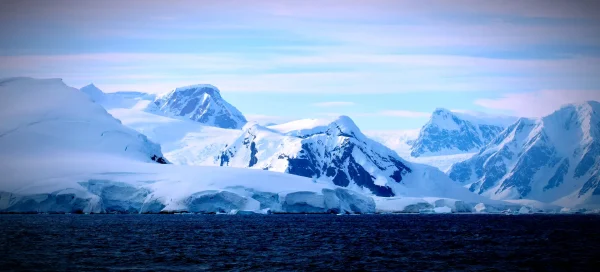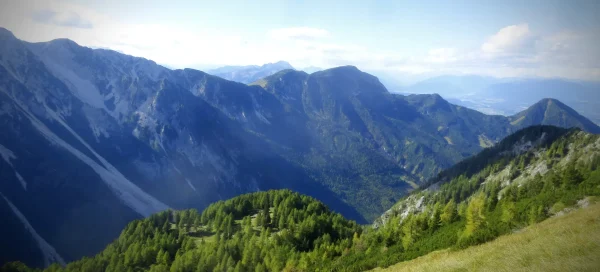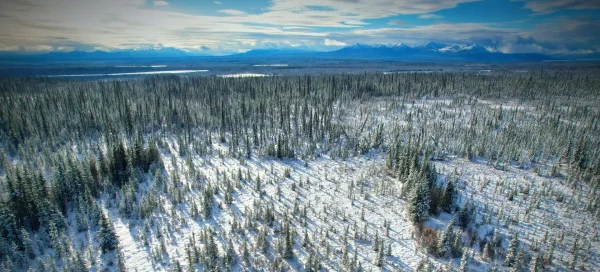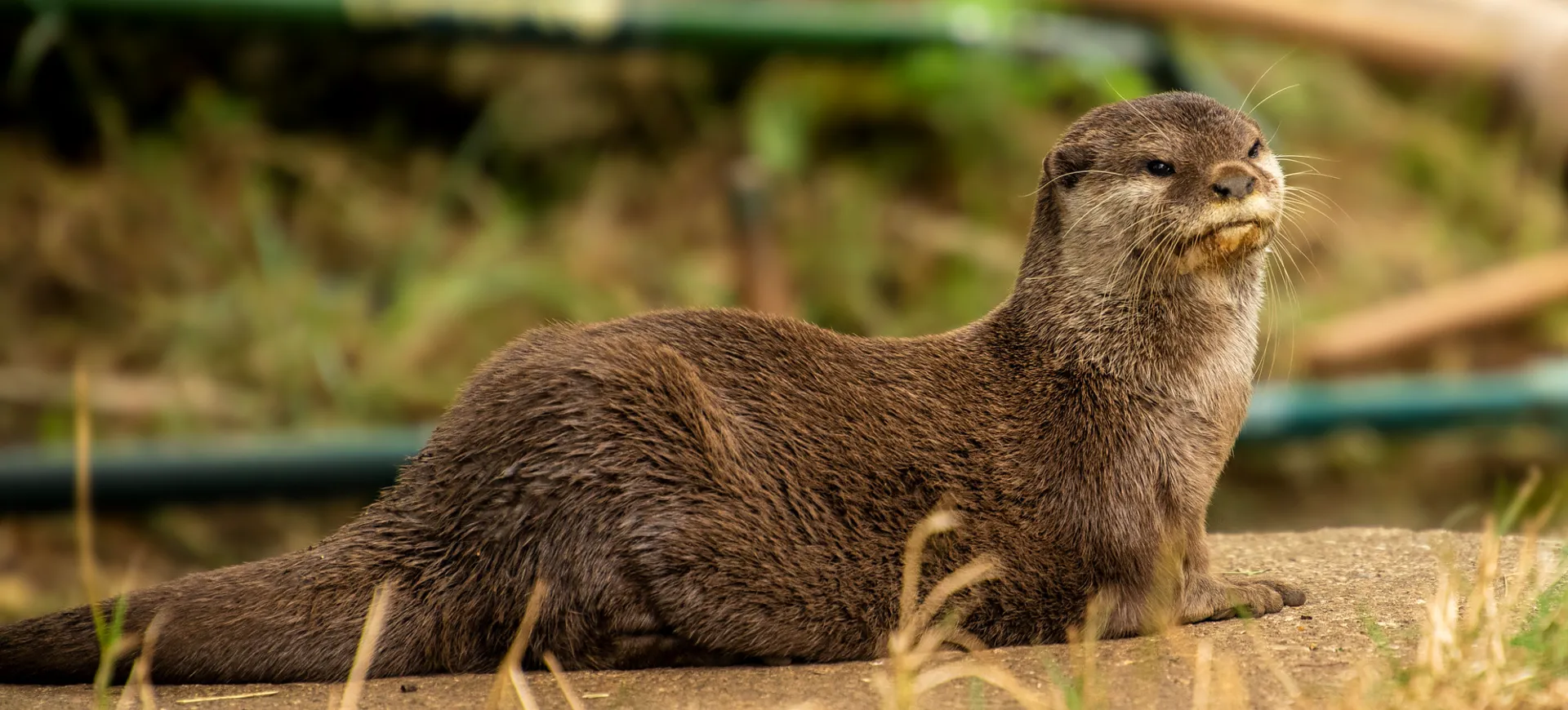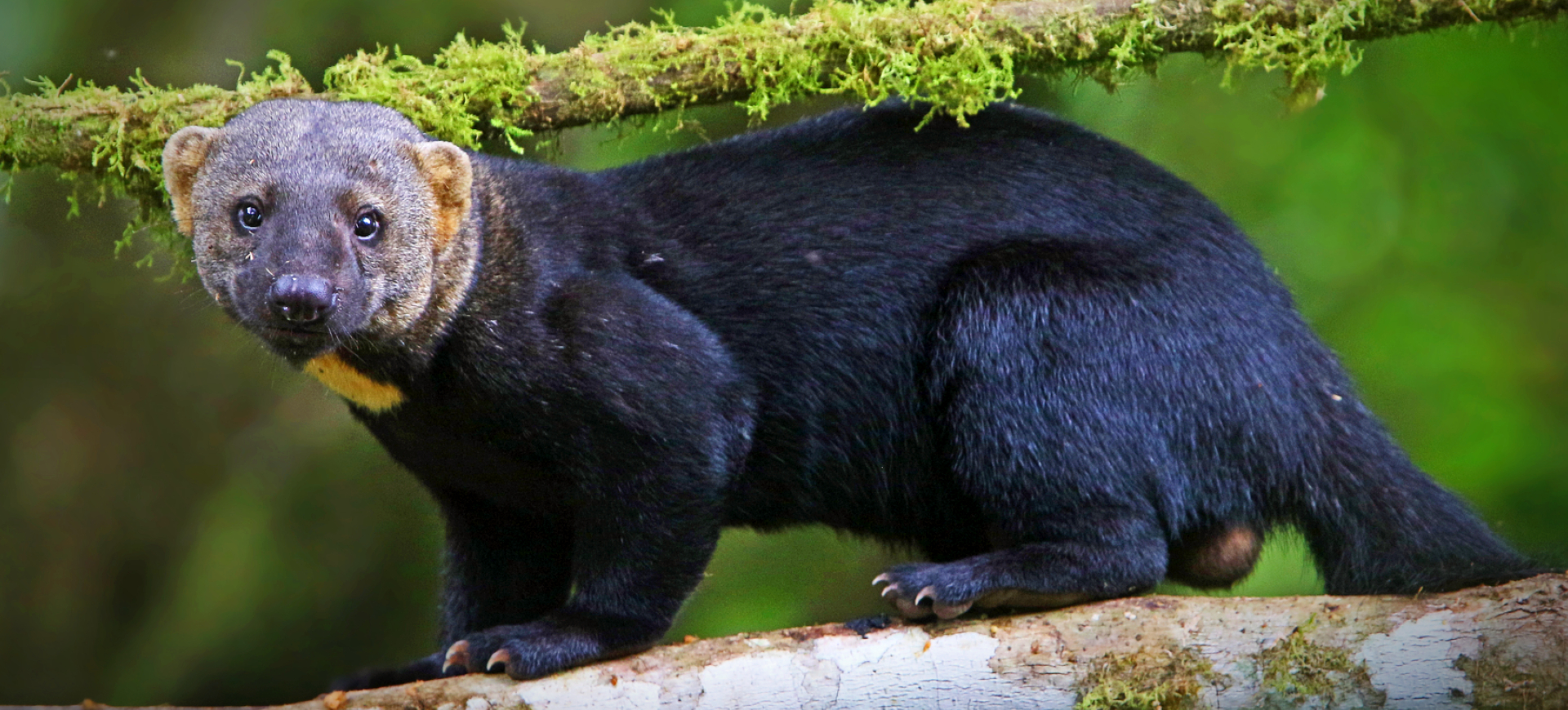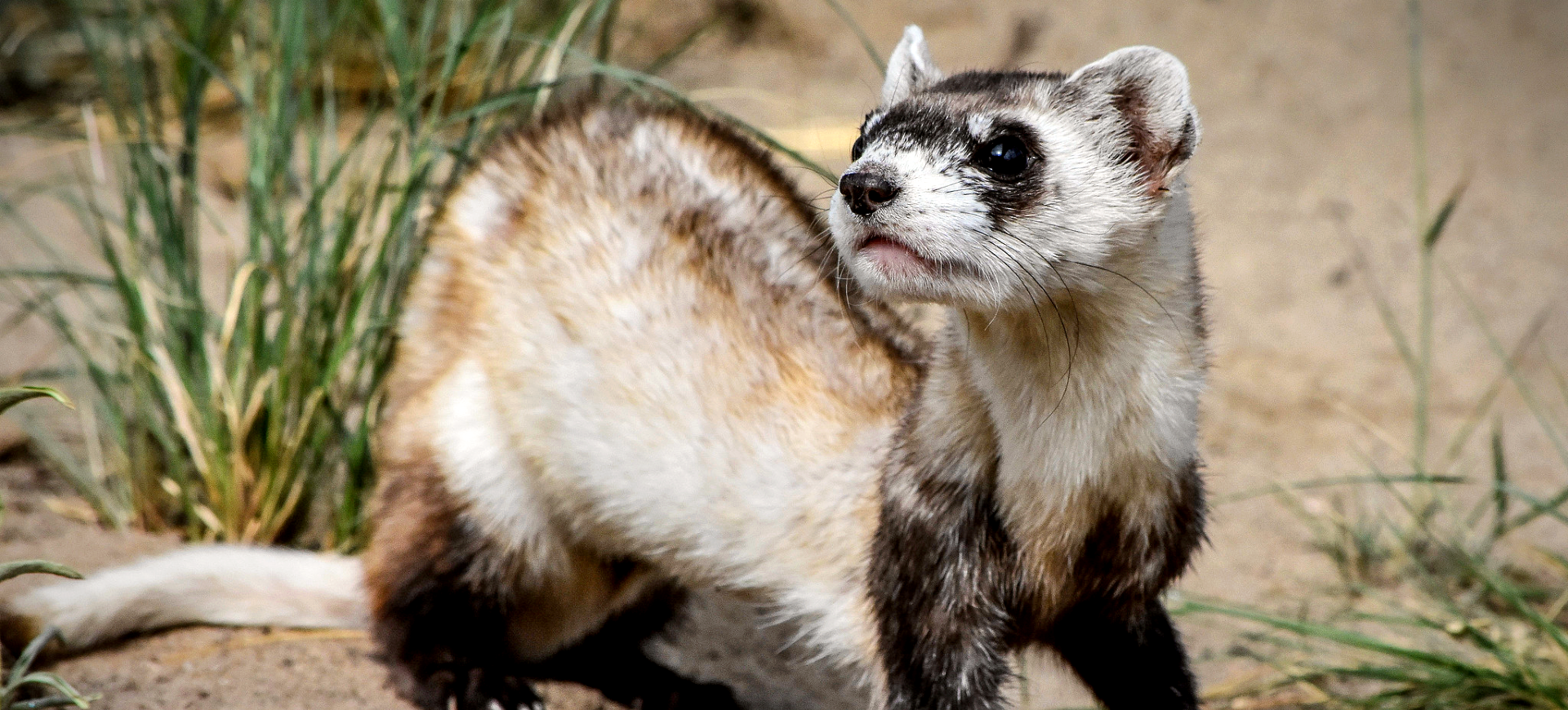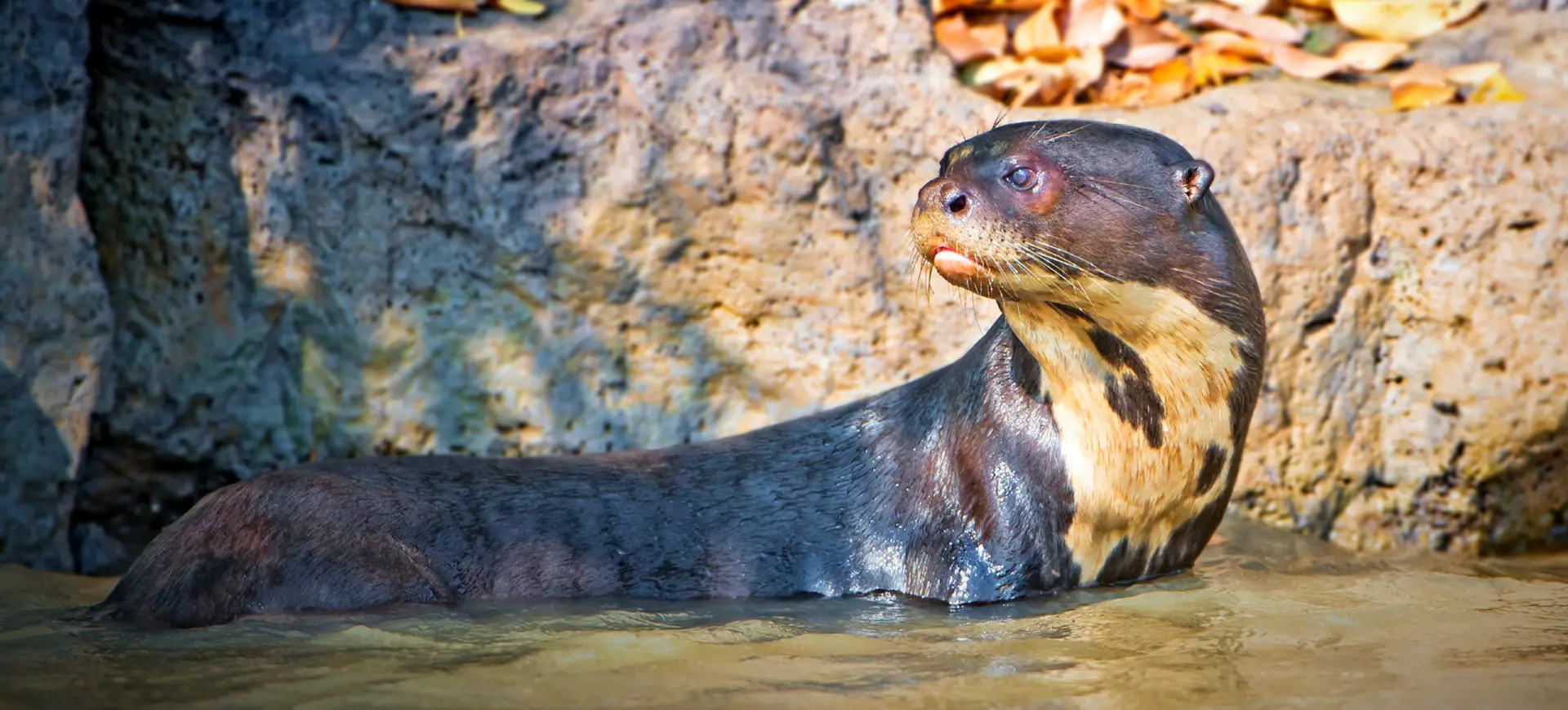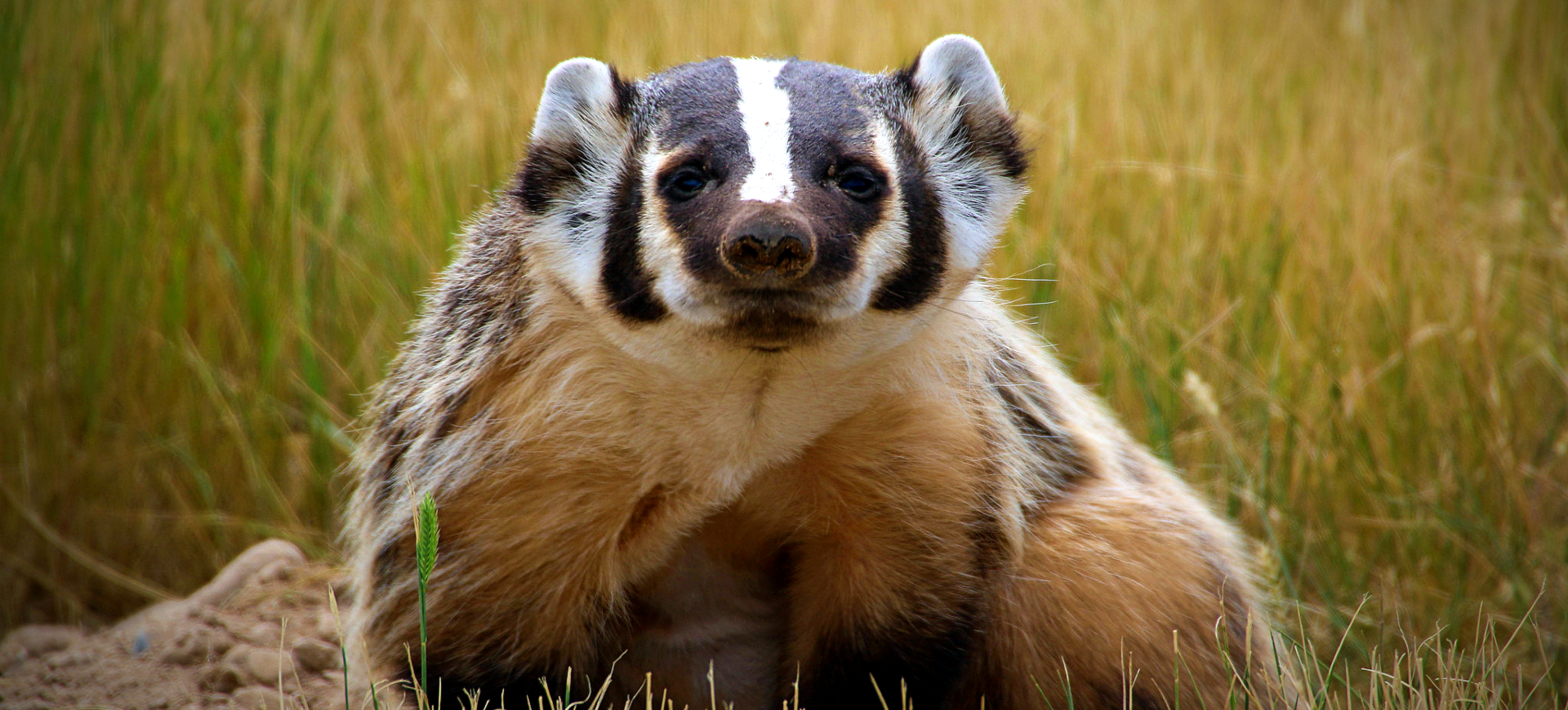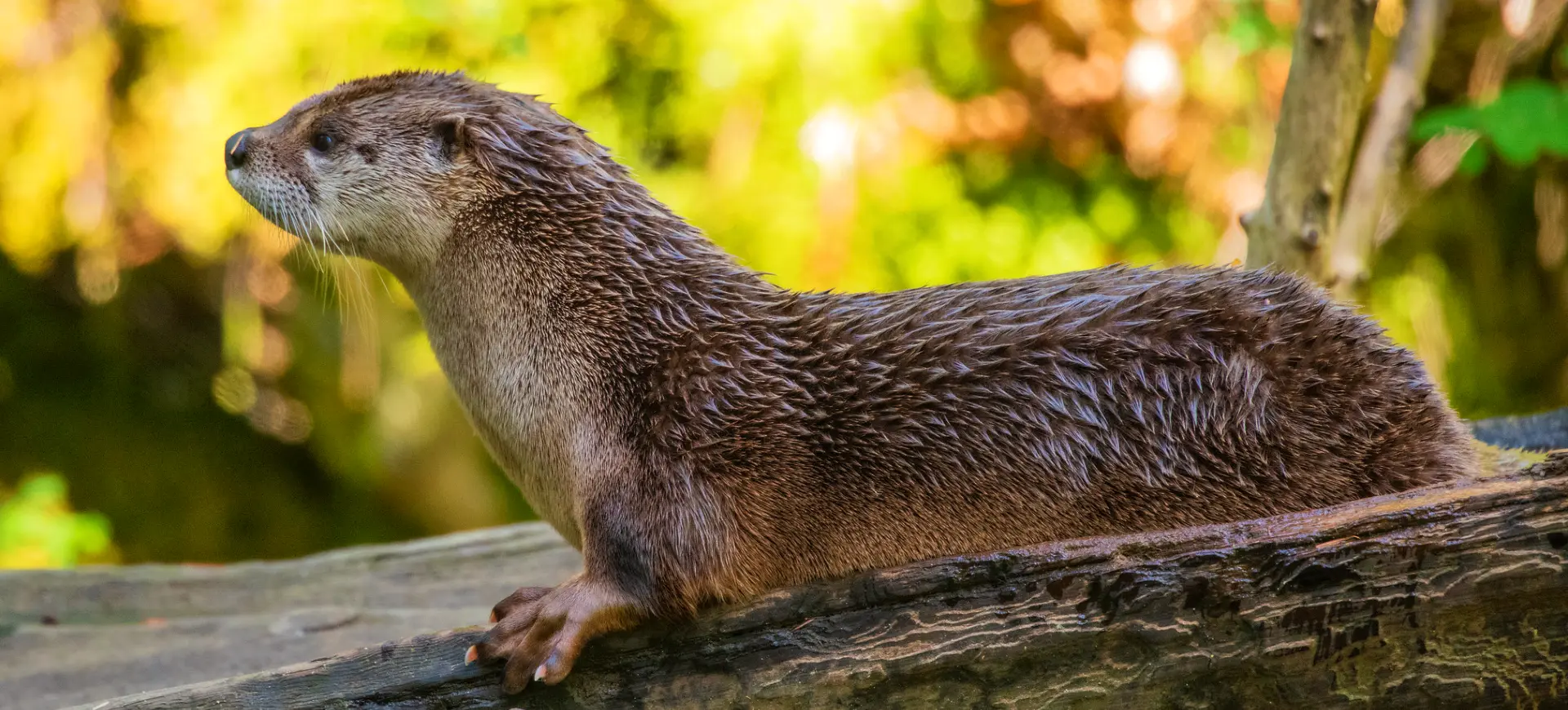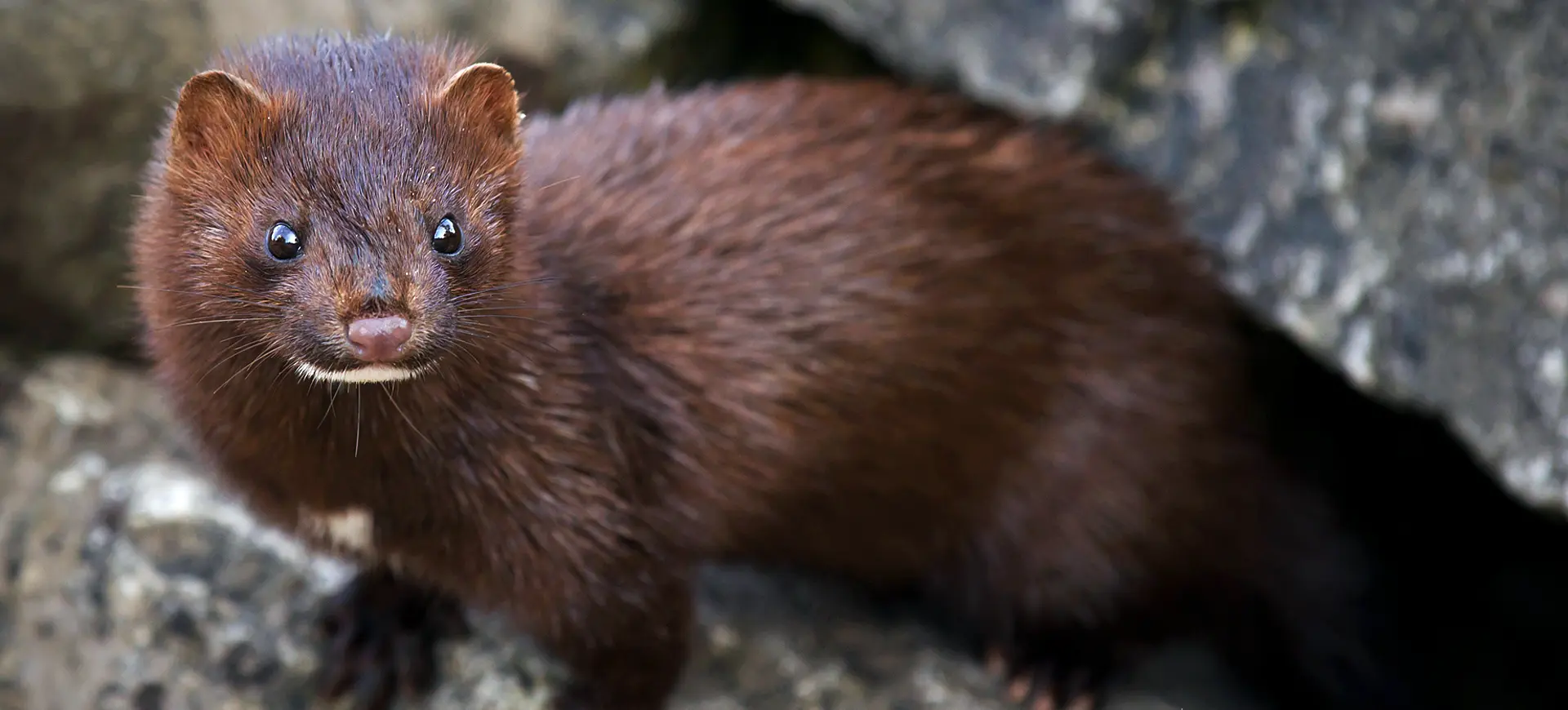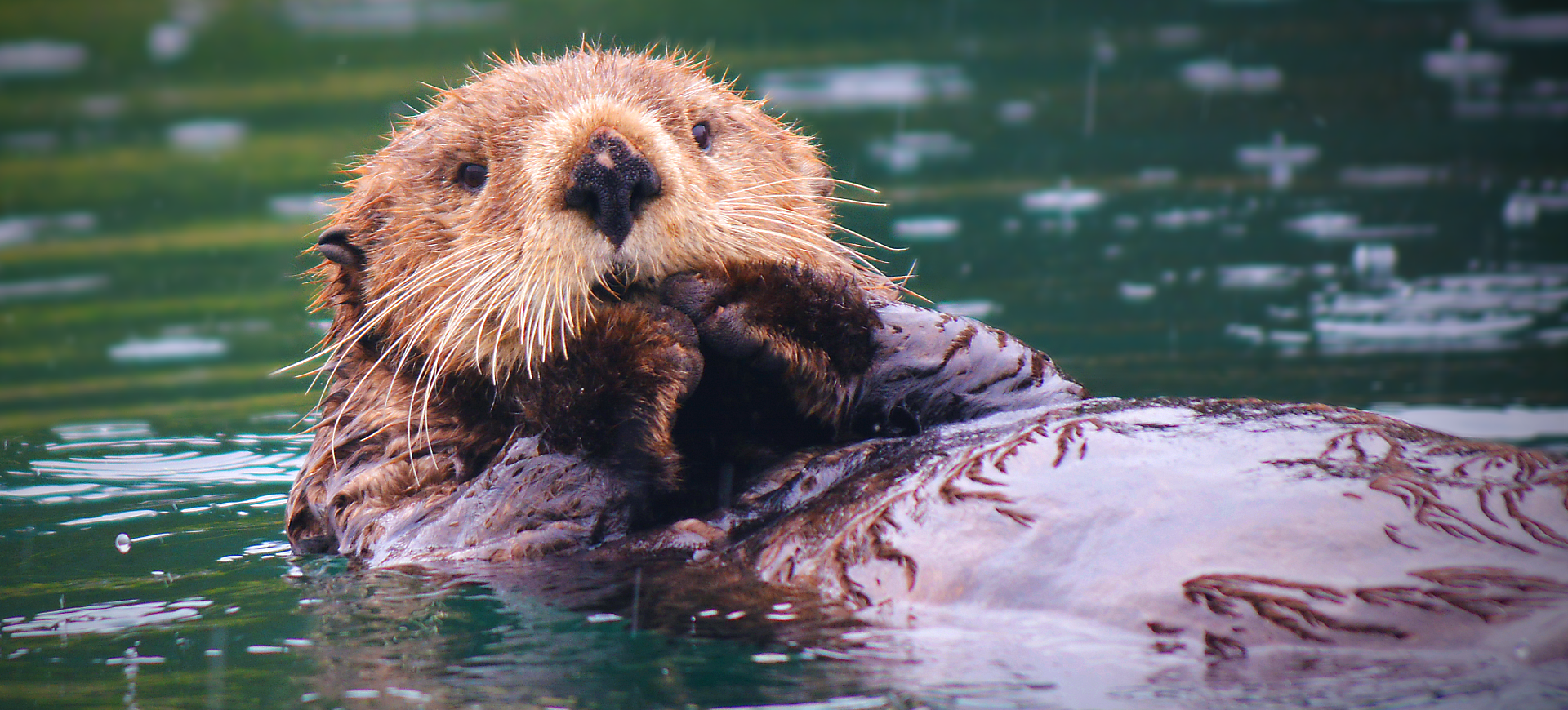Overview
The wolverine, scientifically known as Gulo gulo, is a medium-sized mammal distinguished by its sturdy, muscular structure and fierce nature. As a member of the Mustelidae family, the wolverine shares close genetic ties with weasels, otters, and ferrets. One of the most prominent features of this remarkable creature is its robust jawline equipped with sharp teeth, giving it the capability to crush bones with ease. This makes the wolverine a highly effective scavenger, capable of extracting nutrients from carcasses that other predators might leave behind.
Furthermore, the wolverine’s physical constitution is designed to endure the frigid environments it commonly calls home. Its body is covered in a thick, dark fur coat that insulates against the extreme cold of its natural habitats, such as boreal forests, mountainous terrains, and arctic tundras. This fur is also hydrophobic, meaning it repels water, which adds a layer of protection against wet conditions.
While wolverines are generally solitary by nature, they are highly adaptable animals with remarkable resilience and versatility. They inhabit many remote and harsh environments where food availability is often limited. To survive in these inhospitable regions, wolverines have developed a range of adaptations, including a keen sense of smell to locate food and a large territorial range. Their solitary and opportunistic lifestyle allows them to thrive in places where few other predators can, marking them as one of the most adaptable mammals in the animal kingdom.
Taxonomy
Kingdom
Phylum
Class
Order
Family
Genus
Species
Sub Species
Type
Physical Description:
The Wolverine’s physical appearance often draws comparisons to a small bear, featuring stout legs, wide paws, and a bushy tail. Its fur is predominantly dark brown, offset by lighter facial markings and a pale stripe on either side of its body. These color patterns serve an aesthetic purpose and function as camouflage, enabling the Wolverine to blend into its natural surroundings.
Adult wolverines are equipped with sharp, formidable claws that they use for both hunting and climbing. These features complement their robust, muscular build, allowing them to traverse great distances in their quest for sustenance. Unlike many predators that rely on speed, the Wolverine’s body is engineered for strength and endurance, making it a relentless and effective predator in its environment.

Lifespan: Wild: ~12 Years || Captivity: ~15 Years

Weight: Male: 55-70 lbs (25-32 kg) || Female: 35-55 lbs (16-25 kg)

Length: Male: 35-44 inches (89-112 cm) || Female: 27-35 inches (69-89 cm)

Height: Male: 15-18 inches (38-45 cm) || Female: 12-15 inches (30-38 cm)

Top Speed: 30 mph (48 km/h)
Characteristic:
Native Habitat:
Wolverines are commonly found in cold climates, such as boreal forests, mountainous areas, and arctic tundras. They prefer isolated, rugged landscapes where human interaction is limited, providing them with an environment conducive to their solitary and elusive nature. These habitats also offer the dual advantage of numerous hiding spots and abundant food resources, such as small mammals and carrion.
In addition to their physical adaptations, wolverines’ territorial behaviors contribute to their survival. They establish large territories, often spanning hundreds of square miles, and mark these areas with their scent to signal their presence and discourage intrusions from other predators. This scent marking serves as a communication tool and a means of establishing dominance within their chosen habitat.
Climate Zones:
Biomes:
WWF Biomes:
Biogeographical Realms:
Continents:
Diet:
Diet & Feeding Habits:
Wolverines predominantly assume the role of scavengers but can shift to active hunting when opportunities present themselves. Their diverse diet includes small mammals like rodents, birds and carrions left by other predators. Their powerful jaws and sharp teeth enable them to consume nearly every part of an animal, breaking down even bones and teeth to extract nutrients.
Living in challenging and often harsh environmental conditions has led wolverines to develop specialized adaptations for survival, one of which is an extraordinarily keen sense of smell. This heightened olfactory ability allows them to locate food sources buried deep beneath layers of snow, a skill crucial for sustenance during winter when food is scarce.
Mating Behavior:
Mating Description:
The wolverine experiences a relatively brief mating season during the summer months, usually from May to August. During this period, females become receptive to mating and subsequently give birth in specially constructed dens of snow or rocks. Males play no part in rearing the offspring and can pose a threat to the young wolverines, prompting the mothers to be exceptionally cautious.
Females fiercely protect their young and will go to great lengths to ensure their safety. If a female wolverine senses a threat, she will not hesitate to move her offspring to a new den to evade potential dangers. This maternal instinct is crucial for the survival of the young, especially given the various predators and harsh environmental conditions they are exposed to.
Reproduction Season:
Birth Type:
Pregnancy Duration:
Female Name:
Male Name:
Baby Name:
Social Structure Description:
Wolverines are primarily solitary creatures, the exception being the brief period during the mating season when they seek out partners. Their territories are expansive, with males claiming areas extending up to 240 square miles; females tend to occupy smaller territories. To communicate their territorial boundaries, wolverines use scent markings, which serve as a form of communication with other wolverines and help prevent territorial disputes.
Males display more aggressive and territorial behaviors compared to their female counterparts. Their larger territories often overlap with those of multiple females, and they are more likely to engage in conflicts to defend their domain. This territoriality is particularly significant during the mating season, when males may roam even greater distances to find a receptive female, often crossing into other males’ territories.
Groups:
Conservation Status:
Population Trend:
Wolverines naturally exhibit low population density, influenced by their expansive territorial requirements and solitary lifestyles. Precise population estimates are challenging, but consensus suggests a decline in numbers. The primary drivers behind this reduction include habitat loss, trapping for fur, and other forms of human interference, such as encroachment into their natural habitats.
Conservation efforts targeting wolverines face unique challenges due to the species’ elusive behavior and preference for remote, rugged terrains. These factors make it difficult for researchers and conservationists to monitor the population effectively and implement protective measures. Consequently, the lack of comprehensive data hampers efforts to reverse the declining population trend and preserve these fascinating creatures.
Population Threats:
The most prominent threats to the wolverine population are habitat fragmentation and loss, mainly caused by human activities and climate change. Land development, logging, and mining contribute to reducing their natural environments, leading to increased human-wolverine conflict. In addition to this, wolverines often fall victim to traps or poisons intended for other predators, such as wolves and bears, further endangering their numbers.
Climate change presents a unique set of challenges for the Wolverine population. As temperatures rise, the colder habitats that wolverines prefer gradually diminish, affecting food availability and suitable denning sites. The warming climate also has the potential to alter the distribution of prey and other food resources, compounding the challenges wolverines face in their natural habitats.
Conservation Efforts:
Conservation efforts targeting wolverines encompass a range of strategies, including habitat restoration and legal protections against hunting and trapping. By restoring degraded environments and enacting laws that regulate or ban the capture and killing of wolverines, conservationists aim to create safer habitats for these elusive animals. Additionally, wolverine-friendly practices are being encouraged, such as using non-lethal trapping methods and improved livestock management techniques to reduce human-wolverine conflicts.
Research plays a crucial role in shaping these conservation measures. Several organizations and academic institutions are conducting studies to better understand wolverine ecology, behavior, and habitat needs. By accumulating this data, they aim to develop more effective and targeted conservation strategies, thereby enhancing the chances of preserving the wolverine population for future generations.
Additional Resources:
Fun Facts
- Wolverines have a keen sense of smell that allows them to locate food 20 feet under the snow.
- Despite their small size, wolverines are known to drive away larger predators from their kills.
- Wolverines have special stomach enzymes that allow them to digest frozen food.
- Their fur is resistant to frost and thus stays dry, providing better insulation.
- A wolverine can travel up to 15 miles daily in search of food.
- Wolverines have been known to climb trees and swim across rivers to reach their destination.
- They have a “gulo” gene that allows them to metabolize tough food materials like bones and cartilage.
- Some indigenous cultures consider the wolverine a spiritual symbol of strength and endurance.
- Wolverines have an advanced circulatory system that keeps their paws warm, providing natural “snowshoes.”
- In folklore, wolverines are often portrayed as tricksters and shape-shifters, similar to the coyote in Native American mythology.


